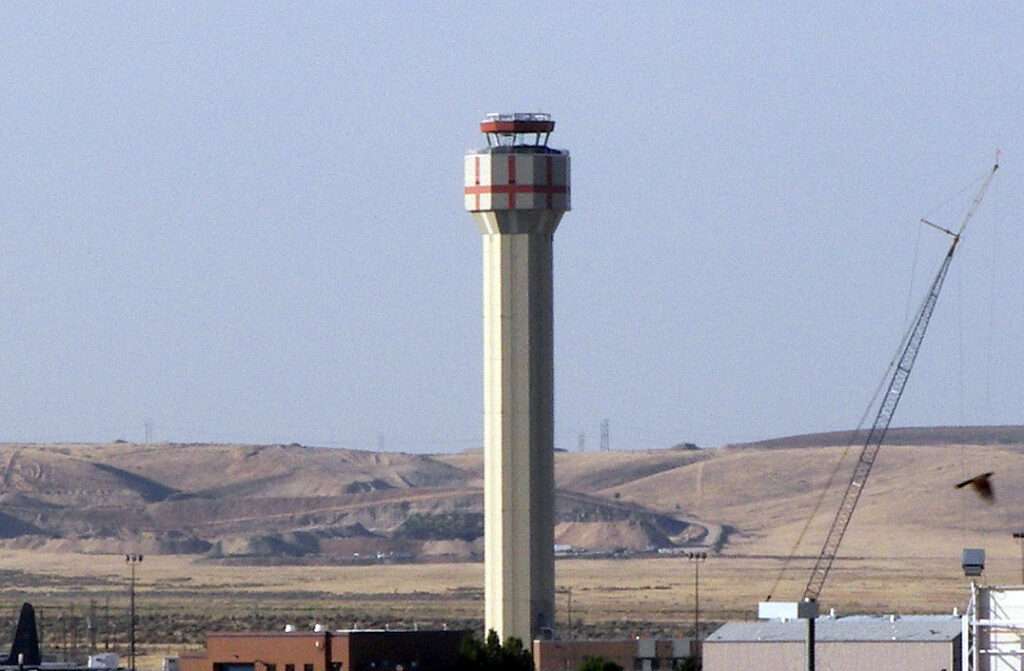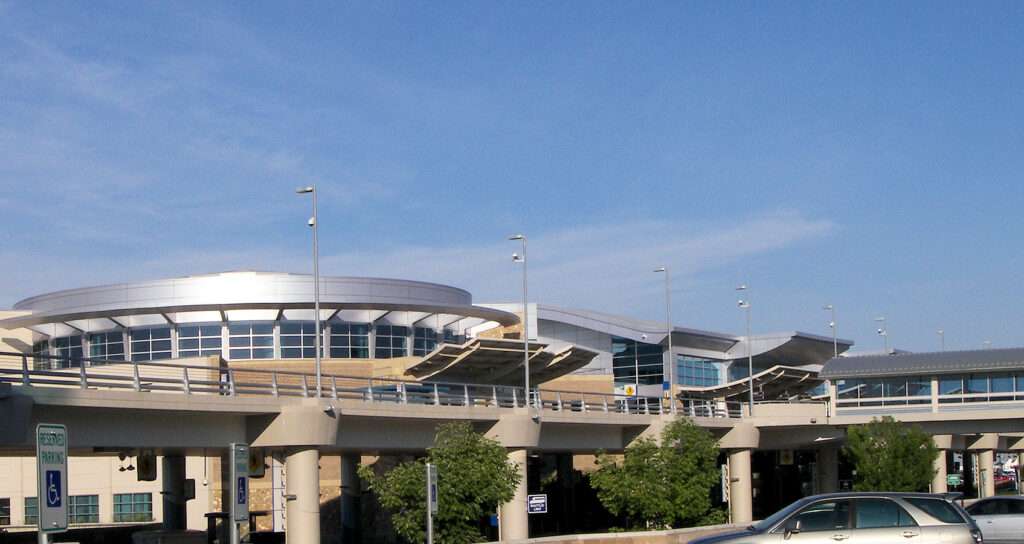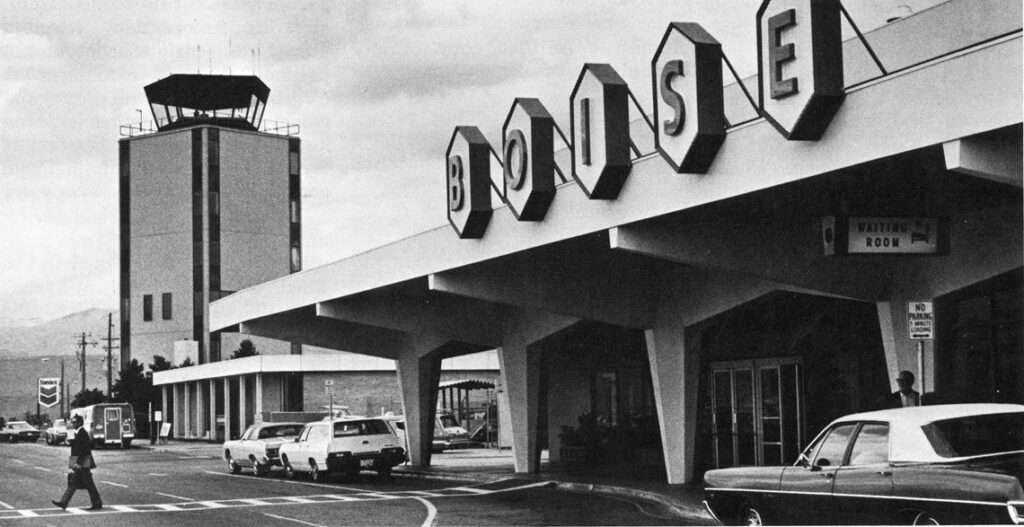Boise Airport (BOI), a vital transportation hub for Idaho’s capital city, boasts a rich history intertwined with the evolution of commercial aviation.
Its journey began with a small airfield on the current Boise State University campus and culminated in a modern terminal serving millions of passengers annually.
Early Days: Taking Flight (1926-1938)
The story starts in 1926 with the construction of Boise’s first municipal airport, Booth Field.
This modest gravel airfield played a pivotal role in the city’s early connection to the burgeoning world of air travel.
The same year, Varney Airlines, a forerunner of United Airlines, landed the first commercial airmail flight in the United States at Booth Field, marking a significant milestone.
The year 1927 witnessed another historic event – Charles Lindbergh’s iconic “Spirit of St. Louis” touched down at Booth Field during his transcontinental tour following his famous Atlantic crossing.
However, Booth Field’s limitations became apparent as aircraft technology advanced.
The need for a larger, more sophisticated facility spurred the city to begin acquiring land for a new airport in 1936.
Furthermore, this foresight proved crucial, laying the groundwork for the future Boise Airport.
Building a Legacy: The Rise of the New Airport (1938-1960s)
By 1938, construction on the new airport was complete, and it boasted a significant advantage – the longest runway in the United States at the time, stretching a remarkable 8,800 feet.
This impressive feat, achieved as a Works Progress Administration (WPA) project, showcased the city’s commitment to establishing itself as a major aviation player.
The project also provided much-needed employment during the Great Depression.
A key element of the new airport was the relocation of Varney Airlines’ steel hangar from Booth Field. Initially used for aircraft storage, this hangar soon found a new purpose.
Furthermore, as aircraft grew larger, the hangar’s original function became obsolete.
Demonstrating ingenuity, city officials cleverly converted the hangar into a passenger terminal.

This was a testament to the airport’s adaptability in its early years.
This repurposed terminal served passengers until the construction of a new terminal in 2004.
With a modern runway and functional terminal, Boise Airport began attracting more airlines.
United Airlines, with its roots in Varney Airlines, continued its service, solidifying its position as the longest-operating carrier out of Boise, a distinction it holds to this day (as of 2024).
Growth and Expansion: Meeting Passenger Demands (1960s-2000s)

The post-war era witnessed a surge in air travel, and Boise Airport kept pace with the growing demand.
The 1960s saw a significant increase in passenger numbers, prompting the need for further expansion.
In 1967, a successful bond election paved the way for the enlargement and remodeling of the terminal.
This enhanced passenger services and accessibility.
This expansion marked a turning point, signifying the airport’s commitment to providing a more comfortable and efficient travel experience.
The latter half of the 20th century saw continued growth at Boise Airport.
Furthermore, new airlines arrived, offering more destinations and connecting Boise to a wider network.
The original hangar-turned-terminal, while serving its purpose for decades, eventually reached its capacity.
By the early 2000s, a new, state-of-the-art terminal was deemed necessary to accommodate the rising passenger traffic and provide modern amenities.
A New Era: The Modern Boise Airport (2000s-Present)

In 2004, the much-anticipated new terminal opened its doors, ushering in a new era for Boise Airport, Idaho.
The spacious terminal featured multiple concourses, improved baggage handling systems, and a wider array of restaurants and shops, significantly enhancing the travel experience for passengers.
The new terminal also incorporated energy-efficient designs and sustainable practices, reflecting the airport’s commitment to environmental responsibility.
Furthermore, since the opening of the new terminal, Boise Airport has continued to evolve.
Technological advancements have been embraced, with self-service kiosks and mobile boarding passes streamlining the check-in process.
Additionally, the airport has prioritized art and local culture, showcasing Idaho’s unique character through installations and displays within the terminal.
Looking to the future, Boise Airport, Idaho is committed to maintaining its role as a vital transportation hub for the region.
Expansion plans are underway to accommodate further growth in passenger traffic and ensure the airport remains competitive within the ever-evolving aviation landscape.
Boise Airport’s journey is a testament to the city’s vision and adaptability.
From its humble beginnings as a gravel airfield to its current status as a modern transportation center, the airport has played a crucial role in connecting Boise to the world and fostering economic development

Click the banner to subscribe to our weekly newsleter.

Click the photo to join our WhatsApp channel so then you can stay up to date with everything going on in the aviation industry!









